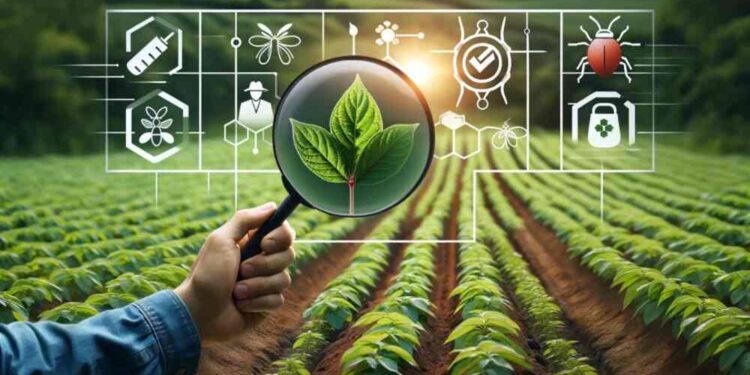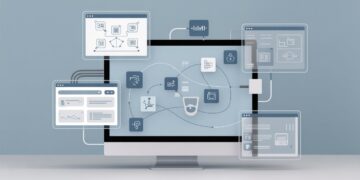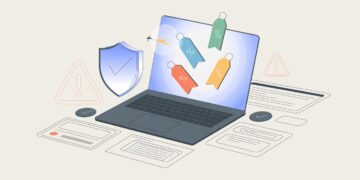Key Takeaways:
- Integrated Pest Management (IPM) combines various strategies for sustainable pest control.
- Understanding the role of natural predators and biological controls is key to successful IPM implementation.
- Regular monitoring and preventive measures can significantly reduce pest issues.
- Engaging professional services can offer expertise and advanced solutions.
Table of Contents:
- Introduction to Integrated Pest Management
- Key Components of IPM
- Natural Predators and Biological Control
- Monitoring and Prevention
- When to Use Professional Pest Control Services
Introduction to Integrated Pest Management
Integrated Pest Management (IPM) is an eco-friendly approach to controlling pests using informed, preventive measures. This method integrates a range of tactics to keep pest populations manageable, reducing the reliance on chemical pesticides. Homeowners interested in sustainable solutions often turn to pest control services specializing in IPM to ensure effective and environmentally sound pest management.
The essence of IPM lies in understanding pest behavior, life cycles, and the role of the surrounding environment. IPM aims to achieve long-term pest prevention without significant ecological disruption or harm by employing multiple strategies.
Key Components of IPM
IPM combines several tactics, including habitat manipulation, biological control, and resistant varieties. The approach is proactive, focusing on prevention rather than mere reaction. Homeowners are encouraged to modify existing habitats to make them less conducive to pests while adopting cultural practices that naturally deter infestations. As pest control methods evolve, IPM remains a cornerstone of eco-conscious pest management.
Natural Predators and Biological Control
Natural predators play a crucial role in IPM. Encouraging beneficial insects such as ladybugs and predatory beetles can help manage pest populations naturally. Biological control involves introducing specific natural enemies to pests, reducing their numbers sustainably. This technique leverages nature’s checks and balances, offering a more harmonious solution to pest management without chemical reliance.
Monitoring and Prevention
Regular monitoring of pest activity is essential to IPM. By routinely inspecting plants and identifying pests early, minor problems can be addressed before they escalate. Preventive measures, including sealing entry points and maintaining clean surroundings, serve as the first defense against pests. Knowing seasonal pest patterns and implementing timely interventions are key strategies for long-term success.
When to Use Professional Pest Control Services
Even with diligent effort, some pest situations may require professional intervention. Severe infestations, particularly those involving resilient pests like bed bugs or termites, often necessitate expert advice. Professionals possess the tools and expertise to implement IPM effectively and safely, ensuring comprehensive solutions emphasizing minimal environmental impact while promptly addressing pest issues.

















